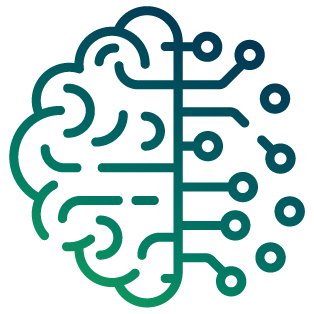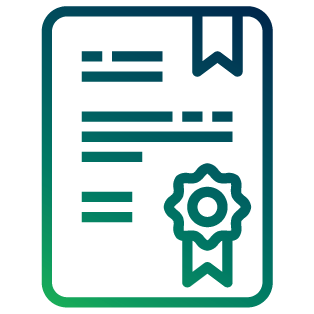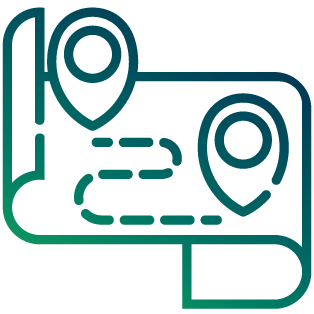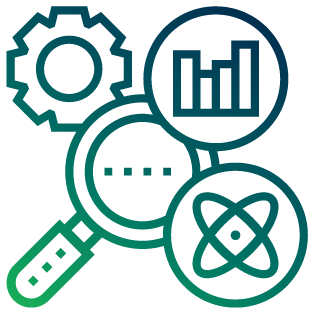The SMART Arm is a medical device designed to enable stroke survivors with upper arm functional impairment to drive the rehabilitation and recovery of their arm function.
The intensive and repetitive training enabled and facilitated by the SMART Arm has been proven in multiple studies to enhance arm function recovery more effectively than current treatment options.
The SMART Arm product has been designed as a practical, clinical-research based solution to service patients in hospital and rehabilitation clinic care environments, as well as the currently unserved patient population in the home.




SMART Arm Offers a rehabilitation solution
The standard of care for stroke rehabilitation is not delivered because the health systems do not have the resources for such one-to-one therapy.
Research indicates the use of SMART Arm is effective in aiding the recovery of stroke survivors with upper arm impairment, giving an immense opportunity for SMART Arm to make a significant difference in the lives of millions of new stroke survivors worldwide every year.
- An estimated 8 million stroke survivors suffer upper arm functional impairment each year across the world
- 4 million stroke survivors go home with residual upper arm functional impairment and no practical treatment options.
- Historically a brain or nervous system injury was considered to be irreparable.
- Research shows positive results by driving and controlling of movement via nerve impulses, rather than treating the the problem as muscle weakness.
A Standard of Care exists for Stroke Survivors with upper limb functional impairment, 45 minutes of prescribed rehabilitation activity, 5 days a week.
- Recent studies identified that stroke survivors are not receiving that level of care.
- On average only 4-11 minutes of occasional rehabilitation activity is currently achieved.
- Current therapy modalities, including robotics, require one-on-one in-clinic therapy and have no mechanism for home use.
The road to recovery for many stroke survivors is a long journey. Rehabilitation solutions need to offer therapy from hospital stroke units to rehabilitation clinics, to the community, to the home, but current therapy modalities do not provide this continuum of care.
SMART Arm featured on ABC Catalyst
https://www.abc.net.au/catalyst/smart-arm/11014384
